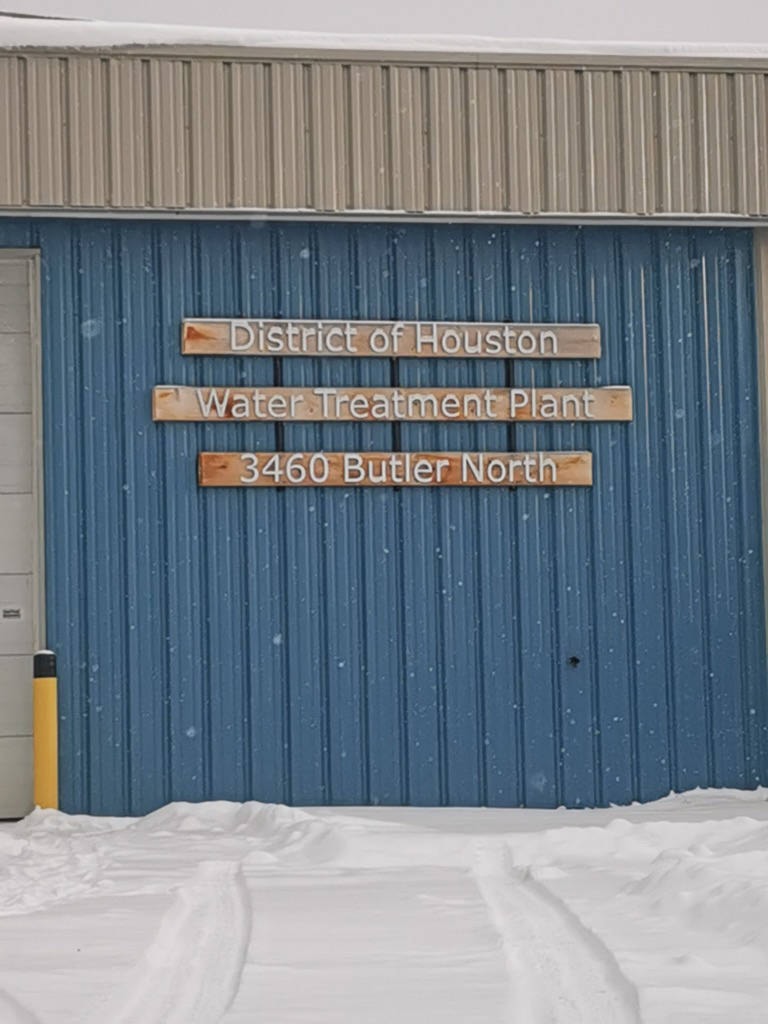The District of Houston has taken measures to increase water movement within its two reservoirs as one step to avoid a repeat of late last year when high levels of coliform resulted in a boil water notice.
“To increase water turnover, the District has reduced the minimum volume reserves that Reservoirs 1 and 2 will retain before the District’s wells turn on,” said District of Houston chief administrative officer Gerald Pinchbeck.
In effect, this reduces the volume and length of time when water sits in the District’s reservoirs.
The District has also adjusted its monitoring and control systems, Pinchbeck added, and has established a new test location adjacent to Reservoir 2, the one in which the high coliform levels were first detected.
“As well, the District is in the final phases of reviewing a revised Water System Emergency Plan with Northern Health to ensure that there is an actionable plan for any situation involving the water system requiring an emergency response,” he said.
Officials are also to monitor the system over the next year to ensure the operating plan is sufficient.
Houston issued a boil water notice Nov. 5, 2019 after the high coliform count was revealed in a sample taken Oct. 29.
At the time, district officials suspected the high count resulted from low water turnover within Reservoir 2, leading to the decision to increase water movement.
District of Houston crews then drained, re-chlorinated and refilled the water reservoir and two samples were taken and tested a minimum of 24 hours apart to follow standard testing protocol.
The all clear was then given Nov. 10 with residents advised to flush their pipes by running cold water for at least five minutes.
